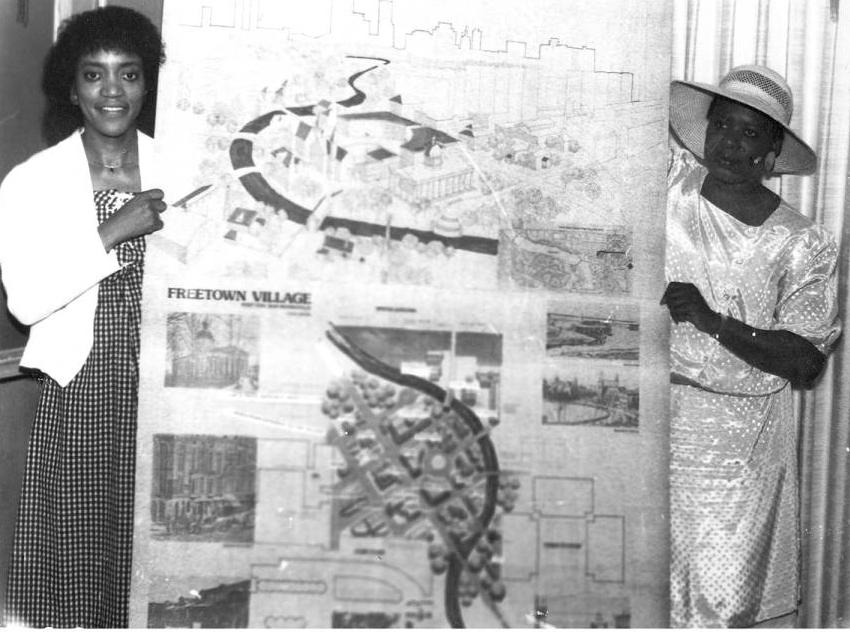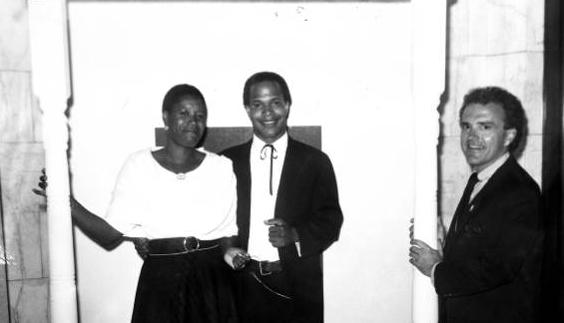Freetown Village was conceptualized in 1982 by Ophelia Wellington out of her desire to teach African American history. With a planning grant from the , this former educator organized a group of historians, educators, and arts and culture leaders to plan and implement a pilot project, conceptualized as a living history museum without walls, at the in the fall of 1984. The success of the pilot led to the development of the permanent exhibit in 1985 and over 15 different touring educational programs and events.

The town of Freetown Village is an imagined community representing many of the 60-plus predominantly African American settlements scattered throughout Indiana during the 1800s. The trials, triumphs, and daily life of African Americans are presented through theater, storytelling, folk crafts, heritage workshops, music, day camp, and special events. The geographical focus is in the Old Fourth Ward (bounded by the White River to the west; 10th Street to the north; Senate Avenue, Indiana Avenue, and Paca Street to the east; and Washington Street to the south), the oldest land development of the City of Indianapolis.
The residents of Freetown Village also are composite characters of the approximately 3,000 men, women, and children identified on the 1870 Indianapolis census. Many were former enslaved persons who discovered newfound freedom and control over their lives. African Americans could now be paid for their work, purchase land, attend school, be legally married, and not be separated because of slavery.

Since 1982, Freetown Village has presented programs in 80 of the 92 Indiana counties and all of the contiguous Midwestern states. Its programs have reached well over a million children and adults.
Although the permanent exhibit at the Indiana State Museum closed in 2001, Freetown Village continues as a living history museum with the mission to educate the public about African American lives, arts, and culture in Indiana through living history, exhibits, allied programs, and the collection and preservation of artifacts. Programs are presented in schools, churches, libraries, museums, theaters, centers, parks, hotels, offices, gymnasiums, parades, homes, and for almost every kind of event or occasion.

Help improve this entry
Contribute information, offer corrections, suggest images.
You can also recommend new entries related to this topic.